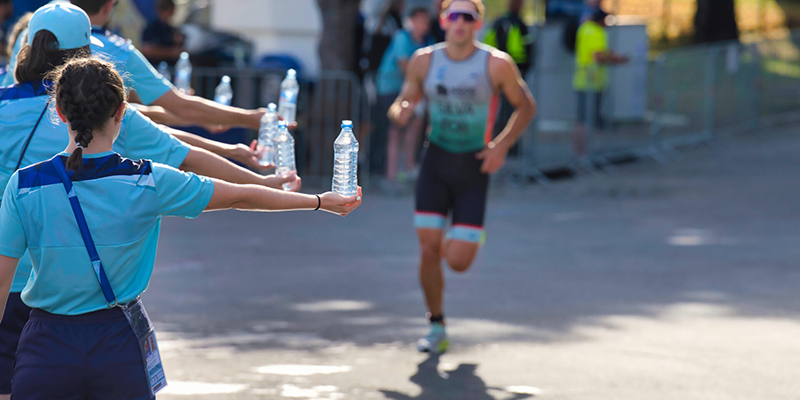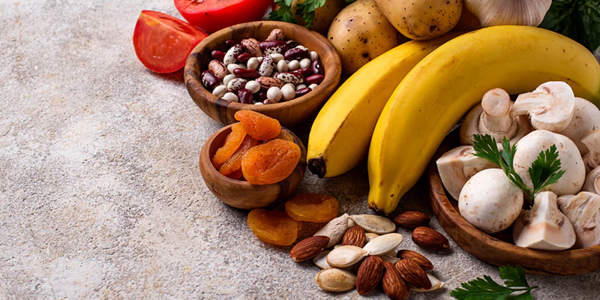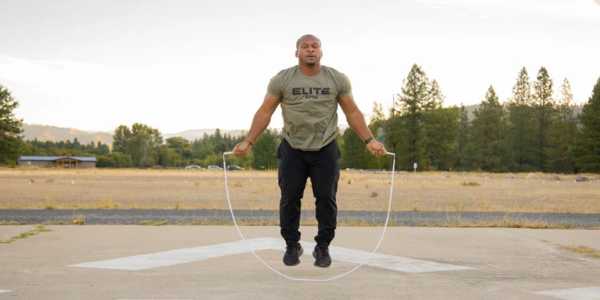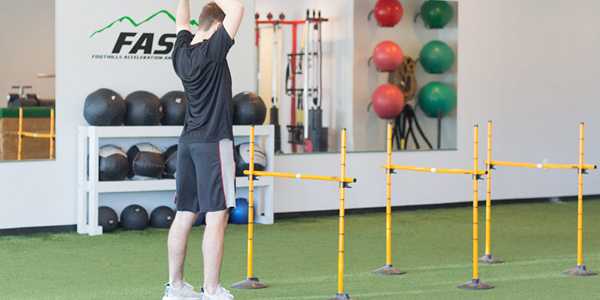Hydration Strategies For Endurance Athletes
If you're reading this, chances are you've already got one foot in the world of endurance sports. You may be training for your first marathon or prepping for another triathlon season. Whatever it is, I'm here to tell you something super important—hydration matters if you want to perform at your best.

Let me start by saying that being well-hydrated isn't just about drinking water when you feel thirsty. It's about planning, knowing what your body needs, and making smart choices before, during, and after your workouts. So grab a glass of H2O (because why not?), please sit back, and let's dive into some top-notch tips for keeping yourself hydrated like a pro.
Before You Hit The Road
First things first, always carry a water bottle with you wherever you go. This way, you can sip regularly throughout the day and make sure you're starting your workout fully charged—and no, I don't mean caffeine-charged! Starting dehydrated is like running a car without gas; it won't work well.
Setting hydration goals based on how active you are and where you live is also key. If you train in hot climates, you'll need more fluids than someone who trains somewhere more fabulous. Remember, sweat is your body's way of cooling down, but it also means losing precious water and electrolytes. Pre-activity hydration ensures you begin any session ready to roll.
During Your Workout
Now we get to the fun part—the actual doing! While pounding those miles or crushing that climb, keep sipping small amounts of fluid every 15 to 20 minutes. Don't wait until you're parched because thirst isn't always a reliable indicator of dehydration. By then, it might be too late, and performance could suffer.
For longer sessions lasting over an hour, consider replenishing those lost electrolytes. When you sweat, your body loses sodium, calcium, potassium, and other vital minerals. Drinking plain water alone may not cut it after heavy sweating. That's where sports drinks come in handy—they provide carbs and electrolytes to help maintain energy levels and prevent cramps.
Understanding electrolytes becomes even more crucial if you're over forty. As we age, our bodies change, and so do our nutritional requirements. Proper hydration ensures that your muscles receive enough oxygen and nutrients, which helps sustain energy levels during prolonged exercise.
After The Finish Line
Congratulations—you did it! But hold up before celebrating with a cold beer (or two). Alcohol might seem tempting post-race, but guess what? It's one of the biggest hydration mistakes athletes make. Booze acts as a diuretic, meaning it makes you pee more and lose even more fluids. It's not ideal if you're aiming to recover appropriately.
Instead, focus on rehydrating with water or low-sugar sports drinks. Aim to drink about 16 ounces of fluid for every pound lost through sweat during your activity. Weighing yourself before and after long workouts can give you a good idea of how much fluid you’ve shed.

Also, consider eating foods rich in electrolytes, such as bananas for potassium or salty snacks to replace sodium. Hydration isn't just about liquids—it includes what you eat, too!
Common Mistakes To Avoid
As much as I wish everyone followed perfect hydration practices, reality often falls short. Some common blunders include waiting too long between drinks, relying solely on water for intense efforts, and underestimating fluid loss in different weather conditions. One size does not fit all when it comes to staying quenched.
The importance of proper hydration cannot be overstated. Drinking the right amount of water improves everything from speed to recovery time. Studies show that well-hydrated individuals tend to perform better across various athletic disciplines. Who wouldn't want that edge?
Personalizing Your Plan
Maintaining optimal hydration depends heavily on individual factors like the type of sport, intensity level, duration, and personal physiology. What works wonders for one person might leave another feeling bloated or nauseous. Therefore, it is wise to experiment with different approaches during training sessions rather than race day.
For instance, some folks swear by coconut water as their go-to electrolyte source. However, others find its natural sugars too harsh on their stomachs mid-race. Testing these options beforehand allows you to fine-tune your strategy and arrive at the most effective solution tailored specifically for YOU.
Wrapping Up
In conclusion, mastering hydration techniques takes practice and patience. There's no magic formula applicable universally since each athlete has unique needs. Nevertheless, adhering to fundamental principles like carrying water everywhere, setting realistic intake targets, incorporating electrolytes appropriately, and avoiding alcohol pitfalls sets a solid foundation.
So next time you lace up those running shoes or hop onto your bike saddle, remember this guide. Treat your body kindly by giving it the fluids it deserves. Ultimately, taking care of yourself now pays dividends later—not only in terms of performance gains but overall health benefits.




